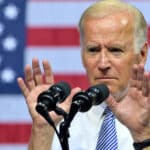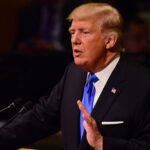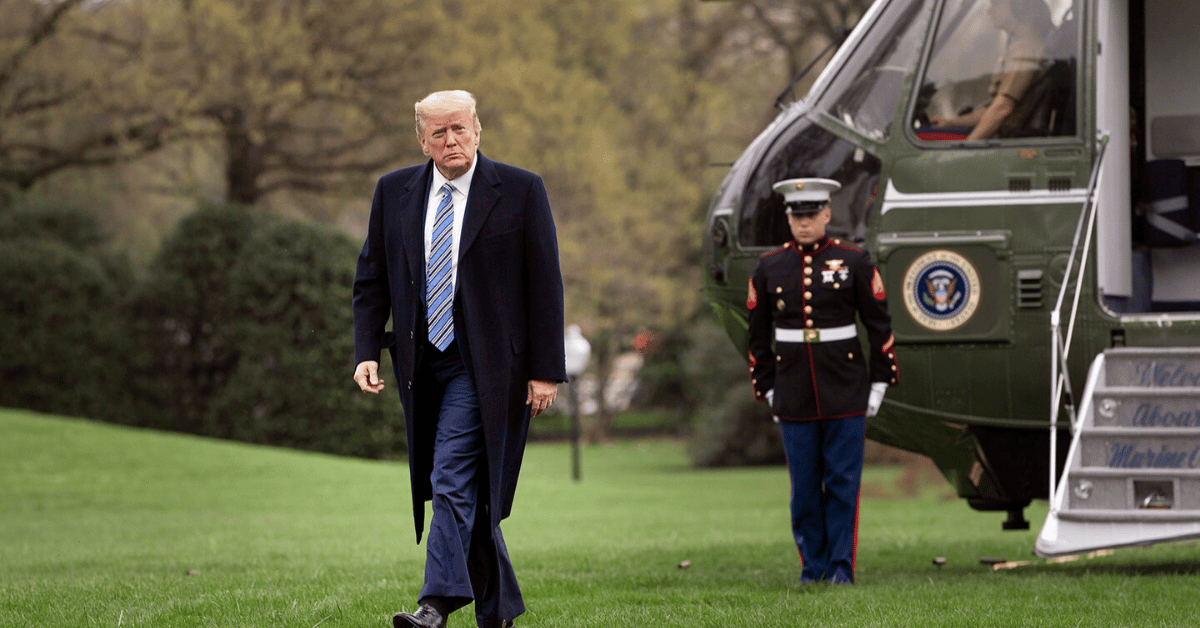
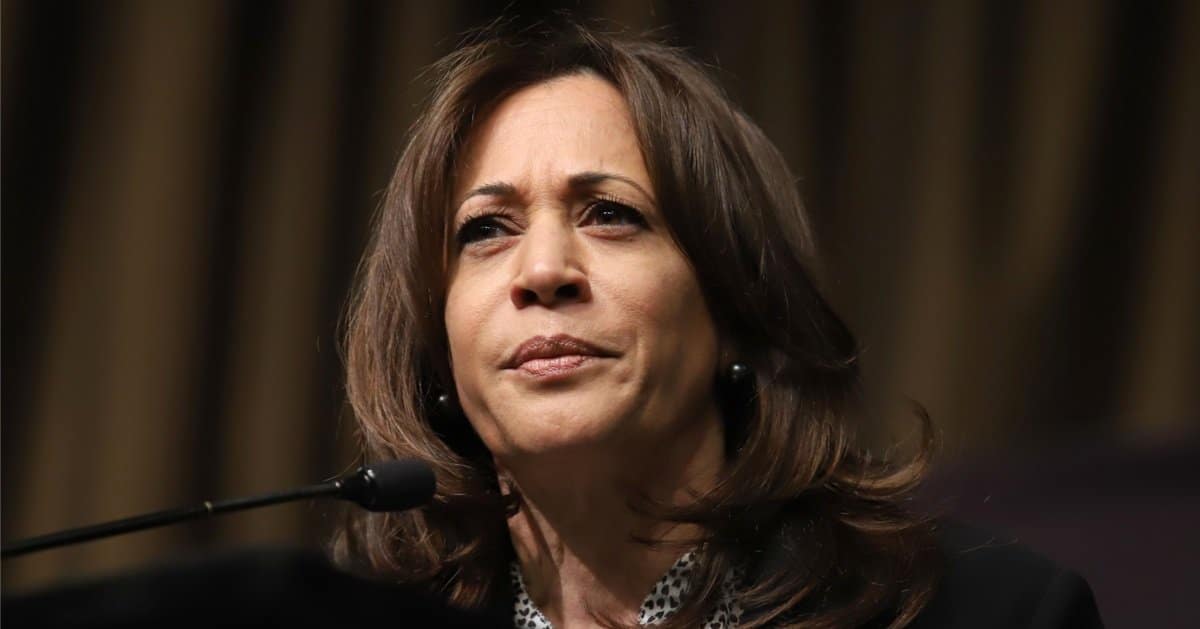
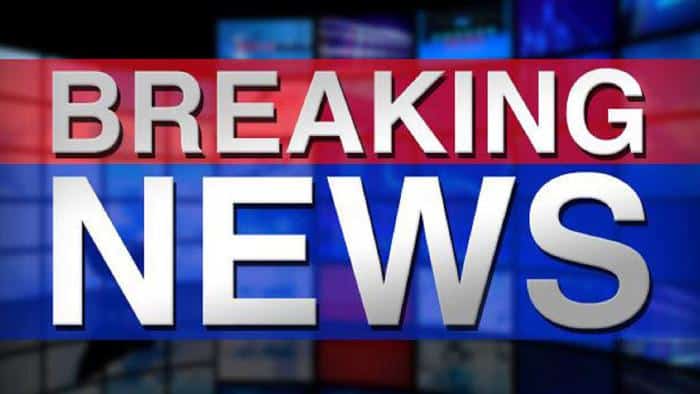
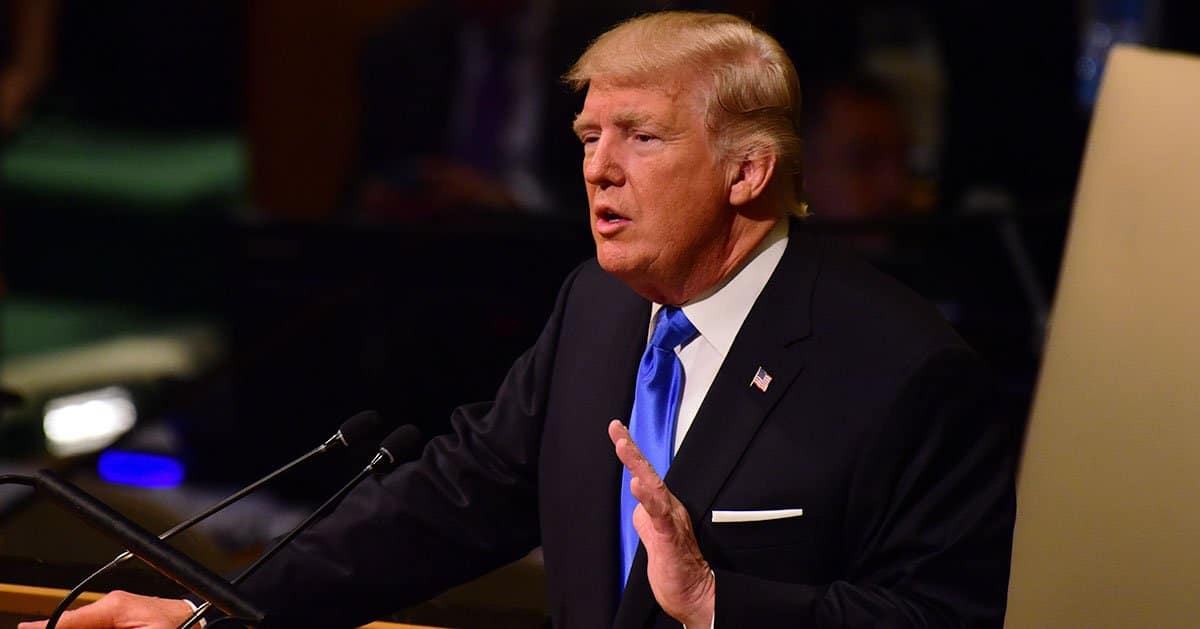

President Donald Trump this week took a bold step into the digital currency world by signing an executive order to establish a government-held reserve of Bitcoin.
The Associated Press reported that this move signifies a monumental shift in the U.S. government's strategy on digital assets, mandating a hold-and-acquire approach for Bitcoin.
On Thursday, President Trump signed an executive order to create a reserve solely for Bitcoin, marking a new direction in the U.S. government's management of cryptocurrency. This reserve will retain nearly 200,000 bitcoins previously seized in various legal actions. With the order in place, these digital coins will no longer be subject to government sale.
The executive order is highly significant given the position Trump had maintained on cryptocurrencies in the past. Notably, he once dismissed bitcoin, calling it a potential "scam."
However, his stance appears to have evolved, coinciding with the increased influence of wealthy cryptocurrency supporters during his election campaign.
David Sacks, popularly known as Trump’s “crypto czar,” confirmed the new direction, stating, “The U.S. will not sell any Bitcoin deposited into the Reserve. It will be kept as a store of value.” Sacks further referred to this reserve as a "digital Fort Knox" for the cryptocurrency often called "digital gold."
Historically, United States authorities have sold off the Bitcoin they acquired from legal actions. Previously, some 195,000 bitcoins were liquidated for $366 million. Had they been held, their value could have soared to about $17 billion, showcasing the potential benefits of retaining such assets.
Now, the executive order compels the Treasury and Commerce Departments to devise methods to acquire more Bitcoin without straining the existing budget.
The digital coin’s capped supply of 21 million coins and a total market cap of around $1.7 trillion make this initiative all the more intriguing.
Since Trump’s victory in the presidential election, Bitcoin prices have experienced a notable upswing. In December, the currency briefly crossed the $100,000 mark, evidencing broader market enthusiasm. However, following the announcement of the executive order, prices settled to approximately $86,000.
The executive order also initiated the creation of a “U.S. Digital Asset Stockpile,” designed to hold cryptocurrencies other than Bitcoin. The government has shown intentions to accumulate other digital currencies like XRP, Solana, and Cardano, contributing to a temporary surge in their prices following Trump’s announcement.
Establishing a Bitcoin reserve was one of Trump's pivotal campaign promises. By doing so, he also advocates for legislation favorable to the crypto sector, alongside reducing regulatory actions against related companies.
In further support of the cryptocurrency sector, the president is hosting a "Crypto Summit" at the White House this Friday.
This event aims to gather key figures from the industry to discuss potential directions and innovations. Such meetings could set the tone for future policy-making endeavors in the ever-evolving crypto sphere.
Bitcoin, known as the pioneering cryptocurrency, has consistently piqued the interest of industry enthusiasts for its singular blockchain design and its finite supply. Trump's strategic embrace of Bitcoin may signify a deepening engagement between traditional financial regulatory structures and digital asset innovations.
Trump’s former skepticism now appears juxtaposed with his pronouncement on social media, where he posted "YOU’RE WELCOME!!!" as bitcoin prices soared post-election. His shift toward embracing digital currencies demonstrates a significant pivot tied to both political strategy and economic opportunity.


